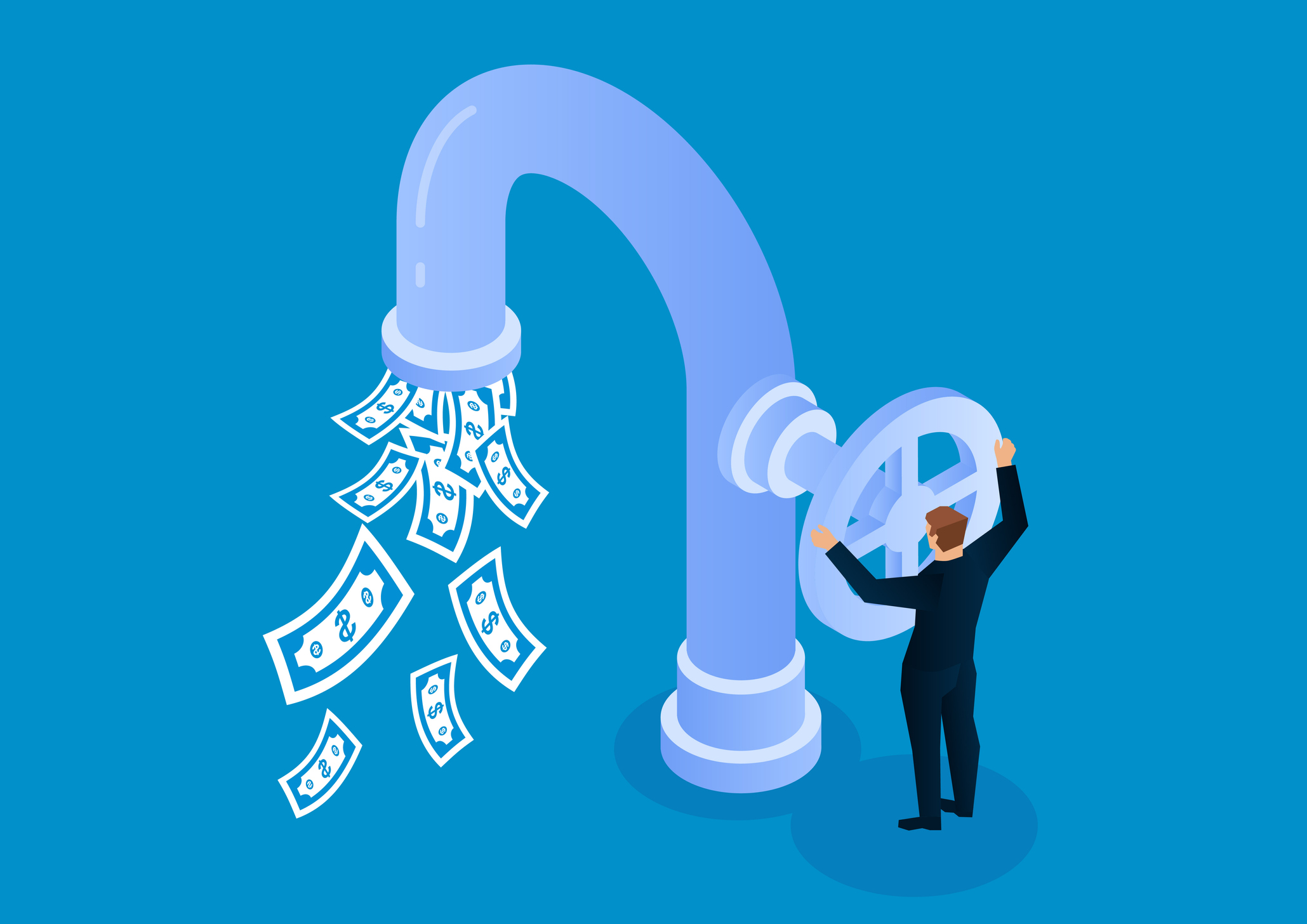An Attractive Time to Invest in TIPS
Ebbing inflation fears have created an opportunity for investors interested in long-term inflation protection for their portfolios.


You know that the best time to buy health insurance is before you get sick. So why not insure your portfolio against rising prices while inflation expectations are low?
U.S. consumer prices climbed just 0.8% in the 12 months ending in December, according to the Labor Department -- that's a sharp decrease from the 1.3% annual inflation rate reported for November. Plunging oil prices and a strong U.S. dollar have contributed to the inflation slowdown, pushing inflation protection toward the bottom of many investors' to-do lists.
But the ebbing inflation fears may create an opportunity for investors interested in long-term inflation protection for their portfolios. Treasury inflation-protected securities, whose principal is tied to inflation, are now attractively valued, advisers and analysts say.

Sign up for Kiplinger’s Free E-Newsletters
Profit and prosper with the best of expert advice on investing, taxes, retirement, personal finance and more - straight to your e-mail.
Profit and prosper with the best of expert advice - straight to your e-mail.
Investors can weigh TIPS against plain-vanilla Treasury bonds of the same maturity by looking at the "break-even" rate -- the gap between the two bonds' yields. The difference between the yields reflects the inflation expectations that investors have priced into the market. For bonds maturing in 10 years, the break-even rate was roughly 1.7% in mid February. So if inflation runs above that rate over the next decade, TIPS are a better bet than the non-inflation-protected bonds.
Forecasters surveyed by the Federal Reserve Bank of Philadelphia late last year expected inflation to average 2.2% over the next 10 years. And over the long haul, U.S. inflation has averaged roughly 3%. The 10-year TIPS break-even rate is also well below its average over the past decade, says Thomas Boccellari, analyst at Morningstar. So "right now could be a very interesting time to get in" to TIPS, Boccellari says.
Some advisers offer a simpler take on TIPS: "Forget the predictions on inflation and just make it a permanent part of your portfolio," says Allan Roth, a certified financial planner in Colorado Springs, Colo. "The top economists can't predict what's going to happen with inflation," he says, but TIPS' ability to act as the ballast for your portfolio makes them a sensible buy-and-hold investment.
Roth suggests investors allocate roughly 25% of their fixed-income holdings to TIPS. If your bond holdings consist of broad bond-market index funds, you may not have any TIPS at all. The Barclays U.S. Aggregate Bond Index, the benchmark for many broad-market mutual funds and exchange-traded funds, excludes these securities.
A Few Worthy Choices
Mutual funds and ETFs tracking TIPS indexes offer easy, cheap access to inflation-protected bonds -- but they also come with some risks. Broad TIPS funds, which hold TIPS of all maturities, tend to have a longer "duration" -- a measure of interest-rate sensitivity. (When rates rise, bond prices fall.) In these funds, rising interest rates "could wipe out any inflation protection you get," Boccellari says.
Schwab US TIPS ETF (symbol SCHP), for example, tracks an index that includes all TIPS with at least one year left until maturity. The fund's duration is about 7.7 years, meaning that investors can expect the fund's value to drop 7.7% if interest rates rise by one percentage point.
Funds focused on shorter-term TIPS can offer inflation protection with less interest-rate risk. Vanguard Short-Term Inflation-Protected Securities ETF (VTIP) and Pimco 1-5 Year U.S. TIPS Index ETF (STPZ), for example, both focus on TIPS maturing in less than five years and have a duration between two and three years. While the Pimco ETF has fees of 0.2%, the Vanguard ETF's 0.1% expense ratio makes it one of the cheapest TIPS funds available -- a key benefit in an era of ultra-low yields.
FlexShares iBoxx 3-Year Target Duration TIPS Index ETF (TDTT) offers a different approach. The ETF tinkers with the weightings of various TIPS in the portfolio to maintain a consistent duration of about three years, so investors always know how much interest-rate risk they are taking. In a traditional fund, duration can vary quite a bit as interest rates and the average maturity of portfolio holdings fluctuate.
Get Kiplinger Today newsletter — free
Profit and prosper with the best of Kiplinger's advice on investing, taxes, retirement, personal finance and much more. Delivered daily. Enter your email in the box and click Sign Me Up.

-
 How AI Can Be Used in Investing
How AI Can Be Used in InvestingIt can't predict the future, but when used carefully, AI can be used in investing with stock picking, portfolio optimization and market analysis.
-
 Dow, S&P 500 Extend Win Streaks to 8
Dow, S&P 500 Extend Win Streaks to 8Strong earnings results for Magnificent 7 stocks Microsoft and Meta fueled upside in the equities market.
-
 How Inflation, Deflation and Other 'Flations' Impact Your Stock Portfolio
How Inflation, Deflation and Other 'Flations' Impact Your Stock PortfolioThere are five different types of "flations" that not only impact the economy, but also your investment returns. Here's how to adjust your portfolio for each one.
-
 Kiplinger's Economic Calendar for This Week (April 28-May 2)
Kiplinger's Economic Calendar for This Week (April 28-May 2)This week's economic calendar is full of key data points, including the April jobs report.
-
 Why I Still Won't Buy Gold: Glassman
Why I Still Won't Buy Gold: GlassmanOne reason I won't buy gold is because while stocks rise briskly over time – not every month or year, but certainly every decade – gold does not.
-
 Should You Use a 25x4 Portfolio Allocation?
Should You Use a 25x4 Portfolio Allocation?The 25x4 portfolio is supposed to be the new 60/40. Should you bite?
-
 Retirement Income Funds to Keep Cash Flowing In Your Golden Years
Retirement Income Funds to Keep Cash Flowing In Your Golden YearsRetirement income funds are aimed to engineer a steady payout of cash for retirees. Here are a few we like.
-
 10 2024 Stock Picks From An Investing Expert
10 2024 Stock Picks From An Investing ExpertThese 2024 stock picks have the potential to beat the market over the next 12 months.
-
 Special Dividends Are On The Rise — Here's What to Know About Them
Special Dividends Are On The Rise — Here's What to Know About ThemMore companies are paying out special dividends this year. Here's what that means.
-
 How to Invest in AI
How to Invest in AIInvestors wanting to know how to invest in AI should consider these companies that stand to benefit from the boom.